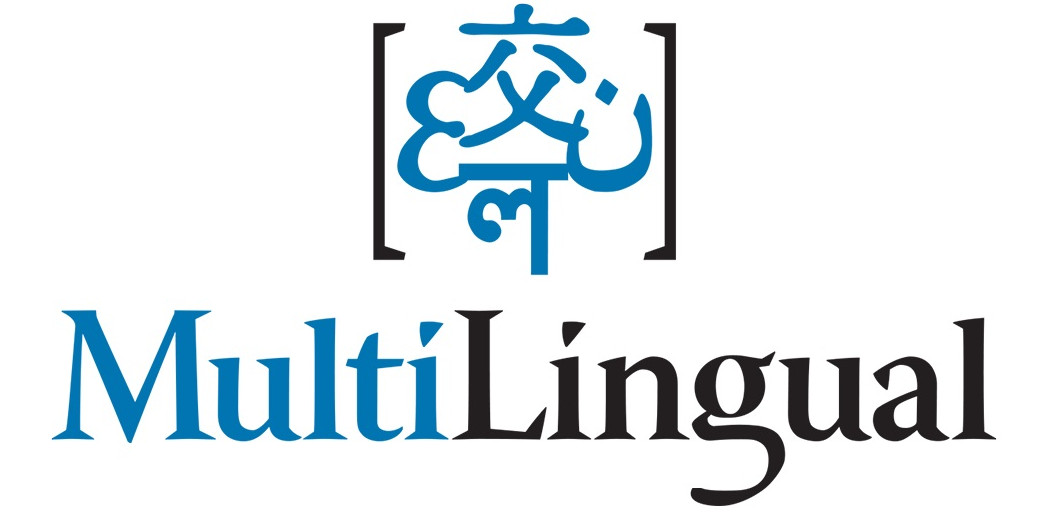
EASTER IN THE UK
Maundy Thursday is the Thursday before Easter. Christians remember it as the day of the Last Supper, when Jesus washed the feet of his disciples and established the ceremony known as the Eucharist. The word Maundy» comes from the French word, «Mande,» meaning «command» or «mandate” and is taken from the command given by Christ at the Last Supper, «love one another as I have loved you.”
In Britain, the Queen takes part in the Ceremony of the Royal Maundy, which dates back to Edward 1. This involves the distribution of Maundy Money to deserving senior citizens (one man and one woman for each year of the sovereign’s age), usually chosen for having done service to their community. They receive ceremonial red and white purses which contain coins made especially for the occasion. The white purse contains one coin for each year of the monarch’s reign. The red purse contains money in place of other gifts that used to be given to the poor.
In the 17th century, and earlier, the King or Queen would wash the feet of the selected poor people as a gesture of humility, and in remembrance of Jesus’s washing the feet of the disciples. Suffice to say that doesn’t happen any more, in fact the last monarch to do this was James 2.
British Easter Traditions
-
1. Easter egg hunts
First of all, an easter egg is a hollow, egg-shaped chocolate treat. Children (and adults!) all over the country look forward to their baskets of Easter eggs, which they receive on Easter Sunday.
Children are told that the eggs are delivered by the Easter Bunny.
Yes, that’s right – a rabbit. The story of the Easter Bunny comes, originally, from German folk stories. The rabbit lays the eggs and delivers them to the children if they have been good over the Easter period. Easter Egg hunts often take place on Easter morning, if the weather is good. Adults hide small Easter eggs in the garden, house, or village and the children must follow clues in order to find them. Usually, there are enough Easter eggs for all the children to enjoy.
2. Egg painting
Eggs, as you may by now have guessed, are a big part of Easter in Britain. They symbolise new life and represent the rebirth of Jesus .Before we had chocolate eggs, children would often decorate real eggs to mark the occasion. A lot of children still enjoy doing this, but the chocolate eggs are far more popular of course!
If eggs and bunnies sound like strange symbols, it’s because Christianity probably appropriated them from older, paganistic religions, but no-one knows for sure. Rabbits often represent fertility and eggs are said to symbolise new life in spring.
2. Hot Cross Buns
The crosses symbolise the Christian belief that Jesus died on the cross for their sins. The first definite record of hot cross buns comes from a London street cry: «Good Friday comes this month, the old woman runs. With one or two a penny hot cross buns», which appeared in Poor Robin’s Almanac for 1733.[9] The line «One a penny, two a penny, hot cross-buns» appears in the English nursery rhyme «Hot Cross Buns» published in the London Chronicle for 2–4 June 1767. Food historian Ivan Day states, «The buns were made in London during the 18th century. But when you start looking for records or recipes earlier than that, you hit nothing.
3. Maypole Dancing
Maypole dancing is another Easter time tradition in Britain – and in other parts of the world too. Dancers hold on to colourful ribbons which are attached the the top of a large pole and dance in patterns, often to live music played by the village band.The tradition certainly comes from our pre-Christian heritage but has been a big part of the celebrations at Easter times for centuries.

